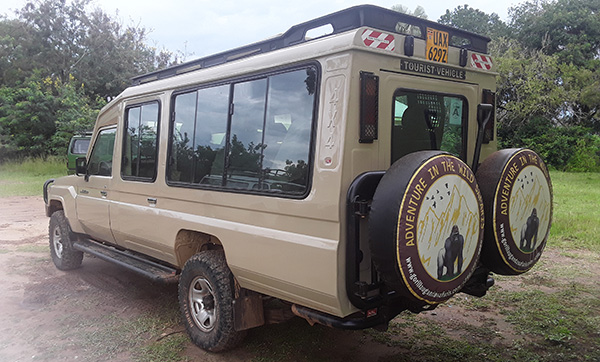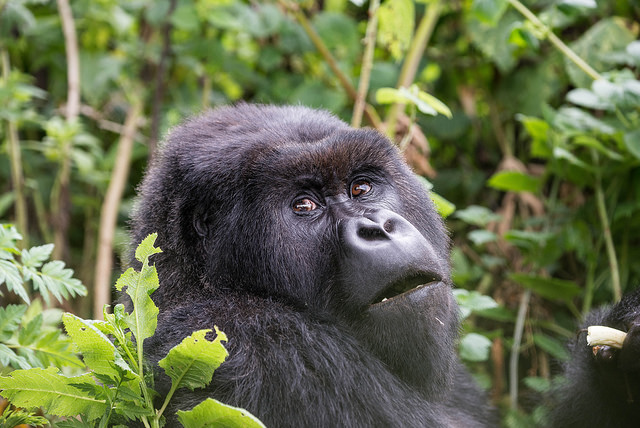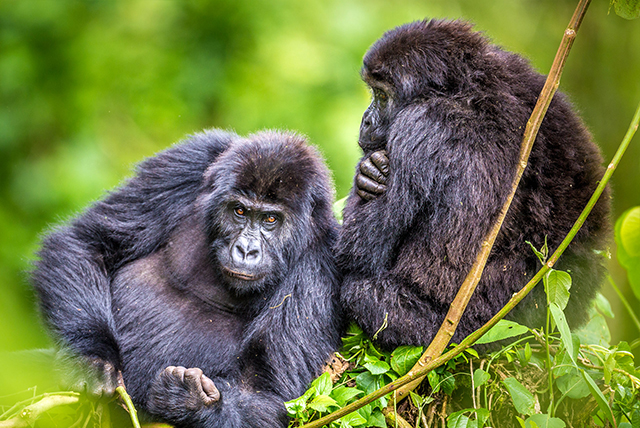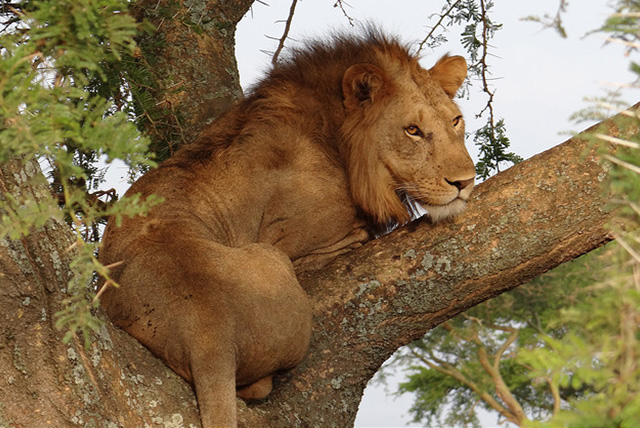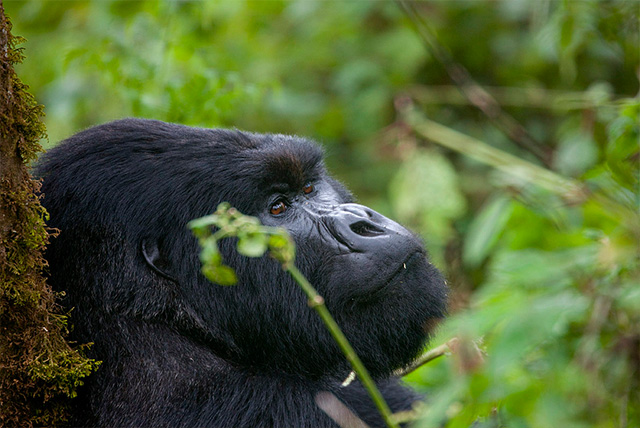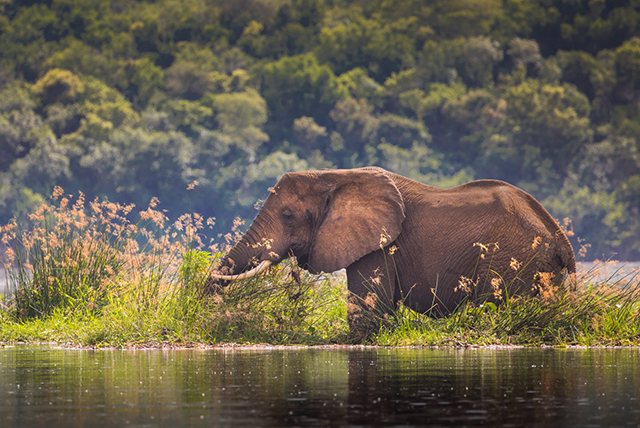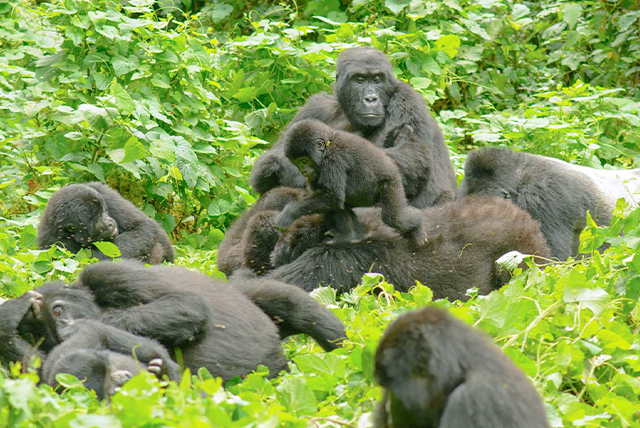Where is Zambia?
Zambia derives its name from the mighty Zambezi River, whose incredible power is showcased at the breathtaking Victoria Falls in Livingstone. Zambia is situated in the southern region of Africa, surrounded by Tanzania to the northeast, Mozambique to the east and southeast, Zimbabwe to the south, Botswana to the southwest, Angola to the west, and the Democratic Republic of Congo to the north. Zambia is located between 10° and 18° South latitude and 22° and 33° East longitude. This moth-shaped country boasts an impressive size of 290,566 sq miles (752,610 sq km), ranking it among the larger nations in Africa. The landscape of the country is a captivating blend of deep valleys and soaring plateaus. The valleys encompass the renowned Luangwa valley, brilliantly explored in the South Luangwa National Park, teeming with a rich variety of wildlife on the ground. The plateau features the Nyika Plateau in the northeast, soaring to an impressive 2,200 meters above sea level.
At the heart of Zambia’s landscape is the plentiful flowing water, a precious resource in many regions of Africa and often a significant challenge for the people of Zambia. The two primary drainage basins include the Zambezi basin, which channels the Kafue, Luangwa, and Zambezi rivers, among others, and the Congo basin located to the north. The Zambezi cascades dramatically, plunging about 100 meters (328 ft) over the 1.6 km (1 mile) wide Victoria Falls into Lake Kariba, which stands as the largest man-made lake in Africa and the second largest globally. It stretches approximately 280 km in length and spans 40 km at its broadest point. The landscape across much of the country features a gentle flatness, punctuated by small hills, shaped by the relentless passage of time and the subtle forces of erosion acting on the ancient crystalline rocks beneath. These rocks hold a treasure trove of the nation’s riches, featuring an extensive 90-mile stretch known as the Copper Belt, located in the north-western region of the country.

